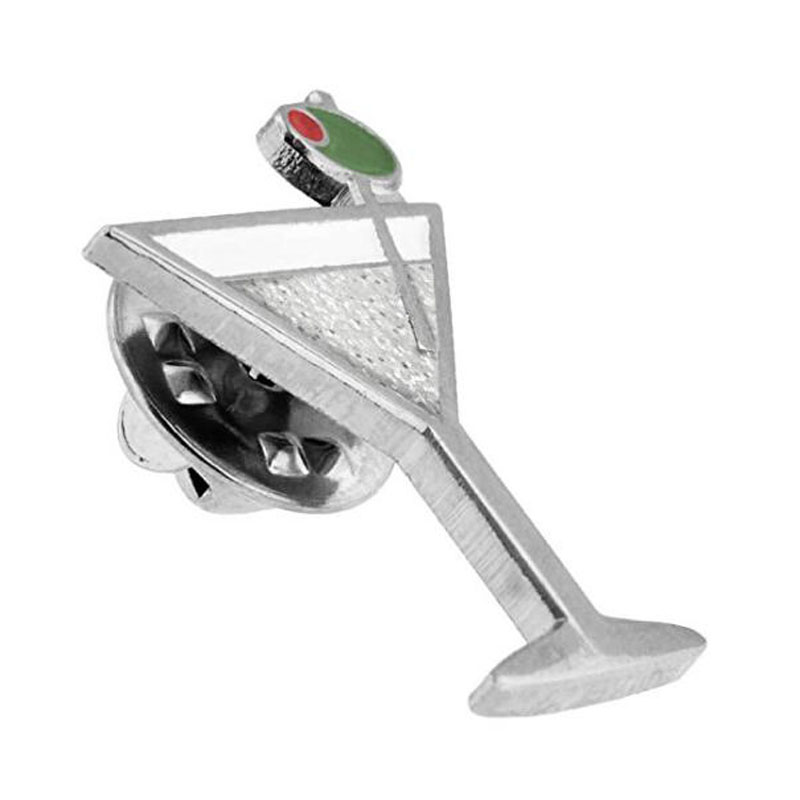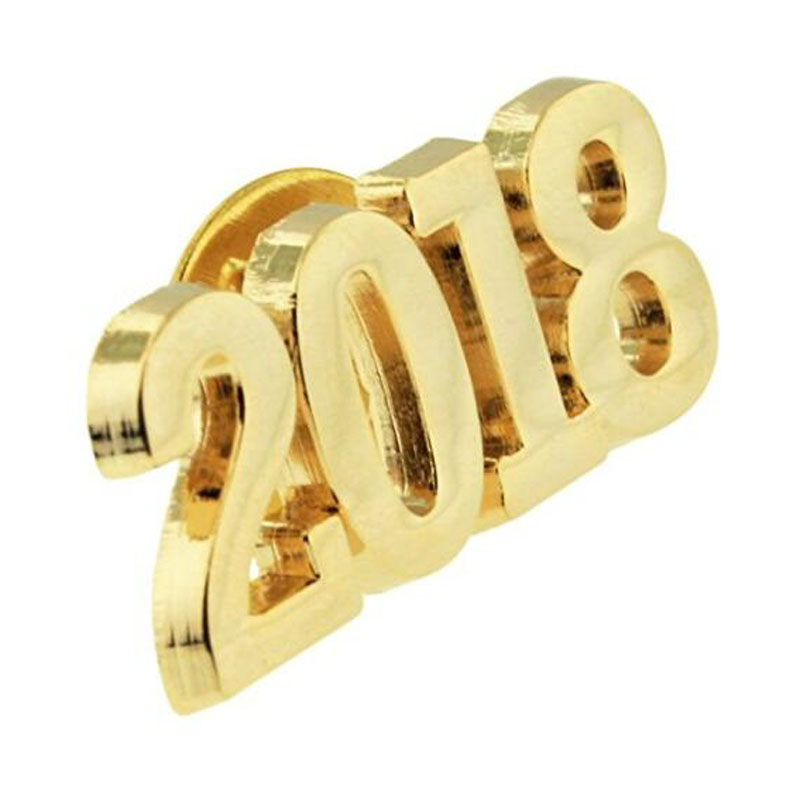2018 New Years Eve Celebration Party Holiday Lapel Pins
New Year's Day, also called simply New Year's or New Year, is observed on January 1, the first day of the year on the modern Gregorian calendar as well as the Julian calendar.
In pre-Christian Rome under the Julian calendar, the day was dedicated to Janus, god of gateways and beginnings, for whom January is also named. As a date in the Gregorian calendar of Christendom, New Year's Day liturgically marked the Feast of the Naming and Circumcision of Jesus, which is still observed as such in the Anglican Church and Lutheran Church.
Most countries now using the Gregorian calendar as their de facto calendar, New Year's Day is probably the most celebrated public holiday, often observed with fireworks at the stroke of midnight as the new year starts in each time zone. Other global New Year's Day traditions include making New Year's resolutions and calling one's friends and family.
History for the Customized Lapel Pin
In Christendom, under which the Gregorian Calendar developed, New Year's Day traditionally marks the Feast of the Circumcision of Christ, which is still observed as such by the Anglican Church and the Lutheran Church.
Mesopotamia (Iraq) instituted the concept of celebrating the new year in 2000 BC, celebrated new year around the time of the vernal equinox, in mid-March. The early Roman calendar designated March 1 as the new year. The calendar had just ten months, beginning with March. That the new year once began with the month of March is still reflected in some of the names of the months. September through December, our ninth through twelfth months, were originally positioned as the seventh through tenth months. (Septem is Latin for "seven"; octo, "eight"; novem, "nine"; and decem, "ten".) Roman legend usually credited their second king Numa with the establishment of the months of January and February. These were first placed at the end of the year, but at some point came to be considered the first two months instead.
The January Kalends (Latin: Kalendae Ianuariae) came to be celebrated as the new year at some point after it became the day for the inaugurating new consuls in 153 BC. Romans had long dated their years by these consulships, rather than sequentially, and making the kalends of January start the new year aligned this dating. Still, private and religious celebrations around the March new year continued for some time and there is no consensus on the question of the timing for January 1's new status. Once it became the new year, however, it became a time for family gatherings and celebrations. A series of disasters, notably including the failed rebellion of M. Aemilius Lepidus in 78 bc, established a superstition against allowing Rome's market days to fall on the kalends of January and the pontiffs employed intercalation to avoid its occurrence.
In AD 567, the Council of Tours formally abolished January 1 as the beginning of the year. At various times and in various places throughout medieval Christian Europe, the new year was celebrated on December 25 in honor of the birth of Jesus; March 1 in the old Roman style; March 25 in honor of Lady Day and the Feast of the Annunciation; and on the movable feast of Easter. These days were also astronomically and astrologically significant since, at the time of the Julian reform, March 25 had been understood as the spring equinox and December 25 as the winter solstice. (The Julian calendar's small disagreement with the solar year, however, shifted these days earlier before the Council of Nicaea which formed the basis of the calculations used during the Gregorian reform of the calendar.) Medieval calendars nonetheless often continued to display the months running from January to December, despite their readers reckoning the transition from one year to the next on a different day.
Among the 7th century pagans of Flanders and the Netherlands, it was the custom to exchange gifts on the first day of the new year. This custom was deplored by Saint Eligius (died 659 or 660), who warned the Flemish and Dutch: "(Do not) make vetulas, [little figures of the Old Woman], little deer or iotticos or set tables [for the house-elf, compare Puck] at night or exchange New Year gifts or supply superfluous drinks [another Yule custom]." However, on the date that European Christians celebrated the New Year, they exchanged Christmas presents because New Years' Day fell within the twelve days of the Christmas season in the Western Christian liturgical.
New years eve celebration Safety Pin, includes the Brooch Pin, 2018 Lapel Pins,martini Order Enamel Pins and kiss me Custom Metal Lapel Pins. The pins come attached to a white heavy stock card with shiny silver metallic accents for a trendy look.
Our bundle sets are ready to give as it comes in a sealed poly bag, then nicely placed in an organza drawstring bag, and finally put in a bubble pack bag for extra protection. Ring into the New Year with style!









